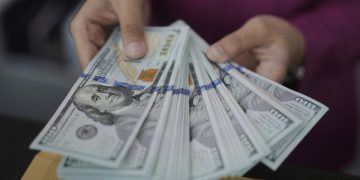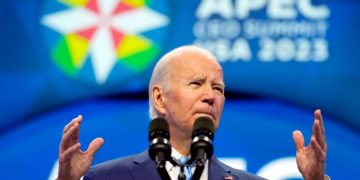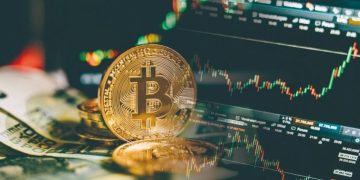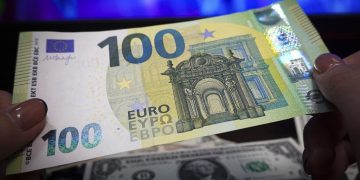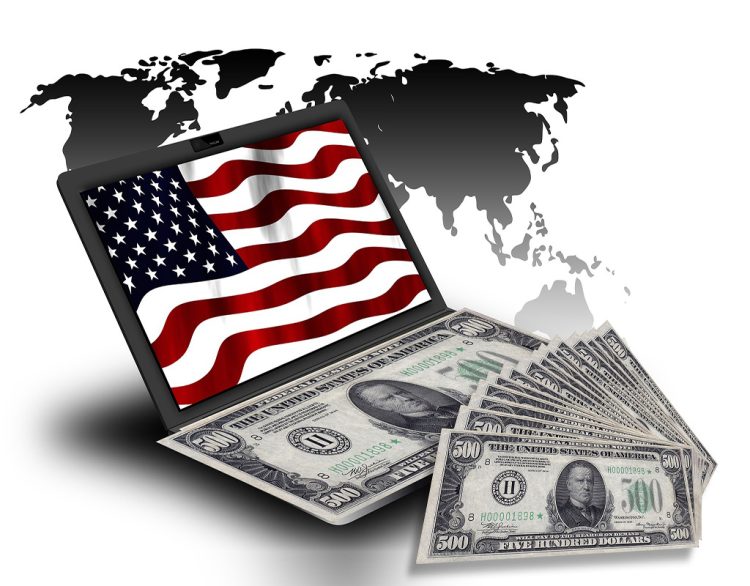[The Fed is expected to trigger a split in the US stock market, how far can technology stocks go?] Last week, the US stock market trend has diverged, the Federal Reserve resolution hinted at a rate cut this year, the outside world’s economic concerns have reflected the macro Dow and Russell 2000 index fell under pressure, but the cooling of inflation indicators reignited the hope of early interest rate cuts, Apple, Broadcom and Adobe led by artificial intelligence optimism is once again ignited investor enthusiasm.
Hopes for a September rate cut are back
The Fed left interest rates unchanged for the seventh time in a row at its meeting last week. In the closely watched quarterly economic outlook (SEP), core inflation and interest rate expectations were revised up, with the forecast for a rate cut this year falling to one from three in March. Fed Chairman Jerome Powell said at a press conference that the recent set of inflation data showed signs of cooling price pressures. But we need to see more good data to strengthen our confidence that inflation is moving sustainably toward 2 percent.
It is worth noting that a slew of data released this week seems to be moving in the direction that the Federal Open Policy Committee (FOMC) would like to see. In terms of price indicators, the US consumer price index (CPI) was unexpectedly unchanged in May, the lowest since July 2022. The US CPI has been on a downward trend since March. The producer price index (PPI), a measure of upstream costs, fell 0.2 per cent month-on-month, the lowest level in nearly half a year, and in addition to energy prices, the previously hard-pressed cost of services fell to 0 per cent month-on-month.

Bob Schwartz, senior economist at Oxford Economics, said in an interview with First Financial reporter that the CPI in May was lower than expected and showed continued disinflation progress, which will be welcomed by the Fed, “However, after a series of adverse inflation data at the beginning of the year, The Fed will need more evidence to ensure that inflation meets its target.”
In the labor market, initial claims for unemployment benefits rose to 242,000 last week, rising to a 10-month high, a sign that the labor market is losing steam. This is in line with the previously reported continued decline in JOLTS job openings and a pullback in ADP employment.
Investors’ expectations of a shift in monetary policy are rising. Long-term Treasury yields fell sharply, with the 2-year note, which closely tracks interest rate expectations, falling 18.6 basis points to 4.68% for the week, the biggest drop in five weeks, while the benchmark 10-year note fell 21.6 basis points to 4.21%. According to the Chicago Mercantile Exchange’s FedWatch tool, the probability of a 25 percentage point rate cut in September is 61 percent, and the probability of at least two rate cuts by December is back above 70 percent. Institutions are also divided on the node judgment of the first rate cut. Ubs Global Research said it now expects the Fed to cut rates in December rather than September, while Goldman Sachs and Morgan Stanley continue to expect the first rate cut in September.
In contrast to the market’s optimism, Fed officials remained cautious in their comments after the rate-setting meeting. Both Chicago Fed President Goolsbee and Cleveland Fed President Loretta Mester have stressed they want to see favorable data before cutting rates.
Schwartz told First Business that, as Fed Chairman Jerome Powell has emphasized that policy decisions will be data-dependent, “a solid labor market gives the Fed the flexibility to give more weight to inflation in policy decisions.” The Fed will still need several months of low inflation data before it feels confident enough to start thinking about cutting rates.” In his view, a September rate cut remains an important option on the Fed’s table.
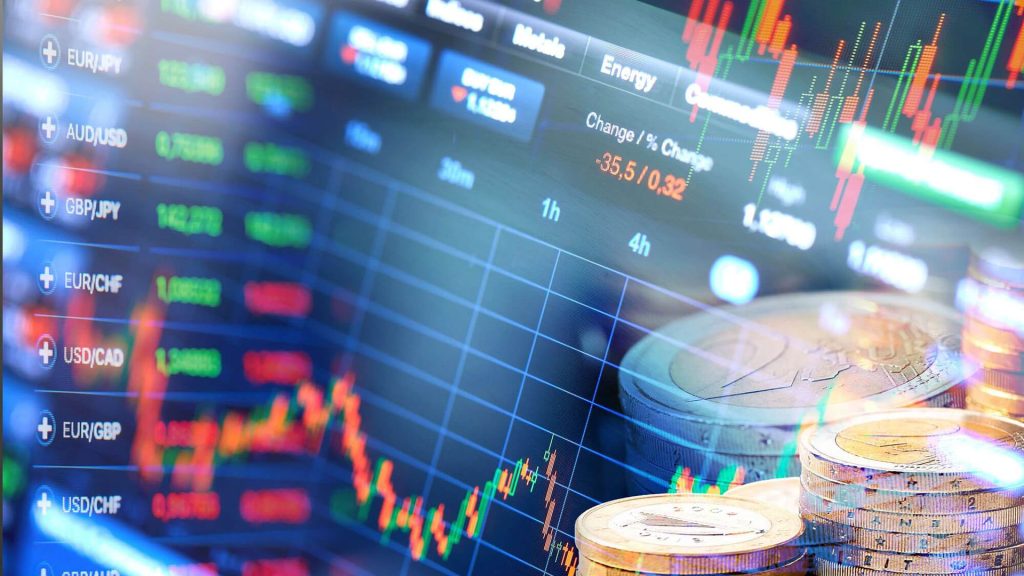
Can the market momentum continue
The S&P 500 and Nasdaq rose for a seventh straight week on hopes of Fed easing and strength in technology stocks.
Artificial intelligence continues to dominate the market. Apple returned to the top of the U.S. stock market last week, sparking optimism about a coming wave of device upgrades after showcasing new artificial intelligence features at its WWDC keynote. At the same time, Nvidia and Microsoft are also doing well, and the market value of the three giants has broken the $3 trillion mark.
Yet amid the optimism, concerns remain about whether the economy is slowing too fast under Fed policy, with the Dow and the Russell 2000, an index of small-cap stocks, bucking the trend and falling last week.
Notably, concerns about Fed policy uncertainty contributed to significant outflows from U.S. stock funds last week. Data provided by the London Stock Exchange (LSEG) to the first financial reporter show that last week, the cumulative net reduction of the US stock fund reached 21.93 billion US dollars, a new high in nearly a year and a half, and the technology industry became the only net buy sector. Driven by risk aversion, money funds “collected gold” of $20 billion, and the total scale reached a new record high.
Charles Schwab wrote in its market outlook that the move higher in U.S. stocks was due to lower-than-expected inflation data and a corresponding 20 basis point decline in 10-year and 2-year Treasury yields. Not everything is dovish, however, as the Fed’s dot plot predicts only one rate cut. In fact, much of the S&P 500’s 14% gain in 2024 can be attributed to gains in large-cap tech stocks. So far this year, the S&P equal-weighted index is up just 3.2 per cent. Incremental investment still seems to be seeking out what is considered the “safest” place – star tech stocks.






